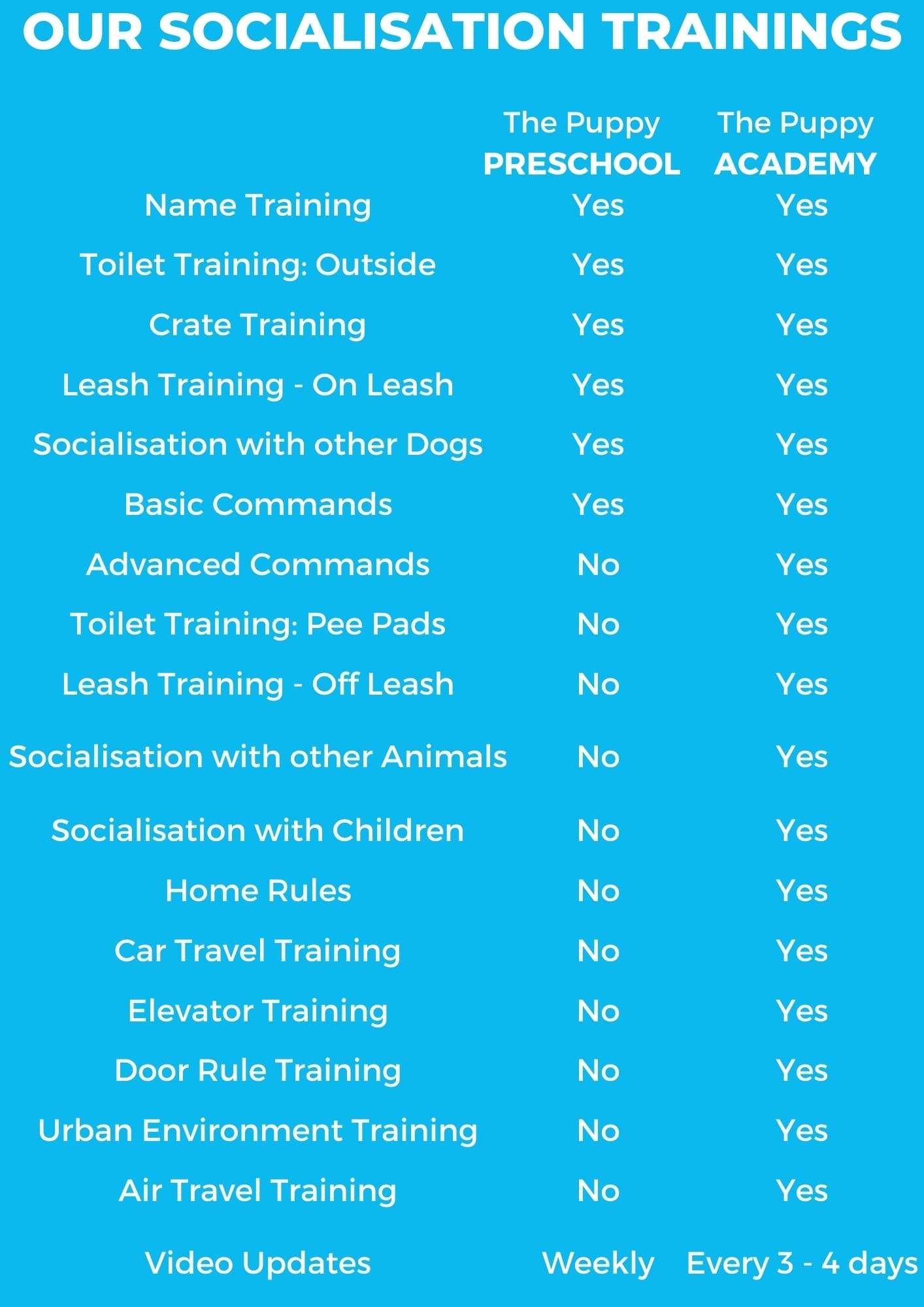Tibetan Mastiff
Imagine a very large, very hairy, very rare dog, and you will have some idea of what a Tibetan Mastiff is like. As adults, Tibetan Mastiffs tend to be calm and quiet. They are very loyal and even tempered; however, they tend to be territorial and can even be over-protective.
Tibetan Mastiff breed attributes
About Tibetan Mastiff breed
Description
Imagine a very large, very hairy, very rare dog, and you will have some idea of what a Tibetan Mastiff is like. There are two main types: the Tsang-khyi and the Do-khyi. The Tsang-khyi is also called the Monastery type, and is taller and heavier, with a more wrinkled face. The Do-khyi or Nomad type is a little leaner and less wrinkled.
Both types are massive big-boned dogs. The head is broad and heavy, with a wrinkled face and broad, square muzzle. The upper lip slightly covers the lower lip, and the teeth meet in a scissor bite. The ears are v-shaped and hang down on the side of the head. The dog has a thick neck with a slight dewlap, and more prominent in males. The front legs are slightly feathered and straight, with catlike feet and sometimes feathered toes. The tail curls over the back and is big and bushy.
Origin: Tibet
Look
Bred for life in the mountains, the Tibetan Mastiff has a thick double coat. The outer coat is rough and long, whereas the inner coat is more woolly and soft. The Tibetan Mastiff’s coat comes in many colours, such as black, black and tan, red, and blue. White markings are common. No truly white Tibetan Mastiffs exist, though they can have very pale gold coats. They sometimes have a ruff of fur around the neck, like a lion’s mane. The Tibetan Mastiff sheds heavily and often seasonally. They need brushing around three times a week.
Health
The Tibetan Mastiff is generally a healthy breed; however they are prone to a few health conditions:
- Hip dysplasia
- Elbow dysplasia
- Panosteitis
- Osteochondrosis Dissecans
- Canine Inherited Demyelinative Neuropathy
- Autoimmune Hypothroidism
At Newdoggy.com we promote puppies coming from reputable breeders, who use genetic testing and good breeding practices to remove genetic conditions from their breeding lines. Newdoggy.com’s Health Guarantee certifies that all promoted puppies are in good health.
Learning
The Tibetan Mastiff is easy to house train and is intelligent, but can be difficult to train. They are often stubborn, and may choose not to obey you if they believe they are right. As result, they do not typically do well in obedience trials or canine agility.
At the same time, they like to please their owners, so if you are calm, firm, and consistent, you may be able to work with this breed. Tibetan Mastiffs grow up to be calm, quiet adults, but take a while to mature, so you should consider this when training your dog.
Temperament
As adults, Tibetan Mastiffs tend to be calm and quiet. They are very loyal and even tempered; however, they tend to be territorial and can even be over-protective. This is a dog that needs high quality socialisation from an early age, as they are naturally suspicious of strangers. You can teach your Tibetan Mastiff to get along with adults, children, other dogs, and even other pets, but it will take quite a bit of work (they sometimes tend to be aggressive towards other animals). Luckily the Tibetan Mastiff is eager to please, if strong willed and stubborn at times.
Living with
The Tibetan Mastiff is not the dog for everyone. They are too large to live comfortably in apartments, and cannot be left outside in the garden all day. Although they are normally quiet, if you leave your Tibetan Mastiff outside at night, he/she will probably bark and rouse the household and neighbours. Better to let him/her stay inside at night. It’s important for a Tibetan Mastiff to have access to a well-fenced yard or garden so they can go out when they feel like it. Do not leave your Tibetan Mastiff outside, as they may dig, bark, or even attempt to climb the fence.
This breed can get along with children, but are better suited to older children, as they may confuse rough play and shouts for signs of aggression, especially from visiting children. Although the Tibetan Mastiff can be taught to be polite to strangers, they are naturally suspicious, and will not be happy with many strangers visiting the house on a regular basis.
Exercise is very important for the Tibetan Mastiff. You’ll need to take your Tibetan Mastiff for a long walk in the morning and evening. For safety, keep him/her on a leash, and change your walking route frequently to prevent him/her becoming territorial and over-protective of a particular route.
Find Tibetan Mastiff Puppies for Sale
New litter alert
Please fill in the below form and we will let you know when a new Tibetan Mastiff litter arrives.















